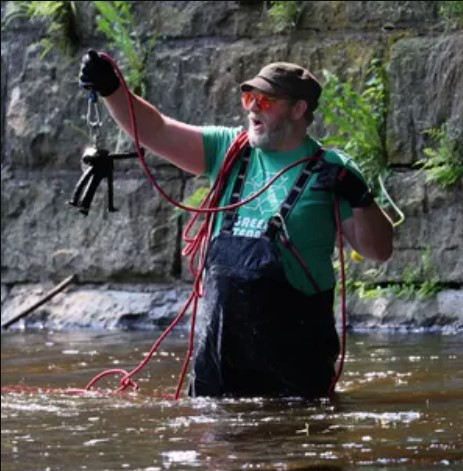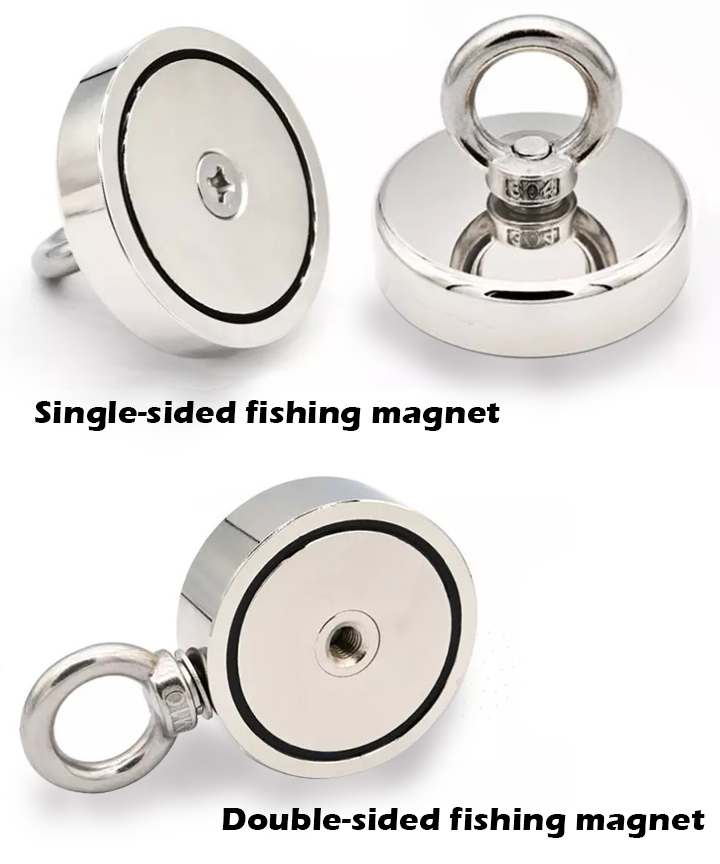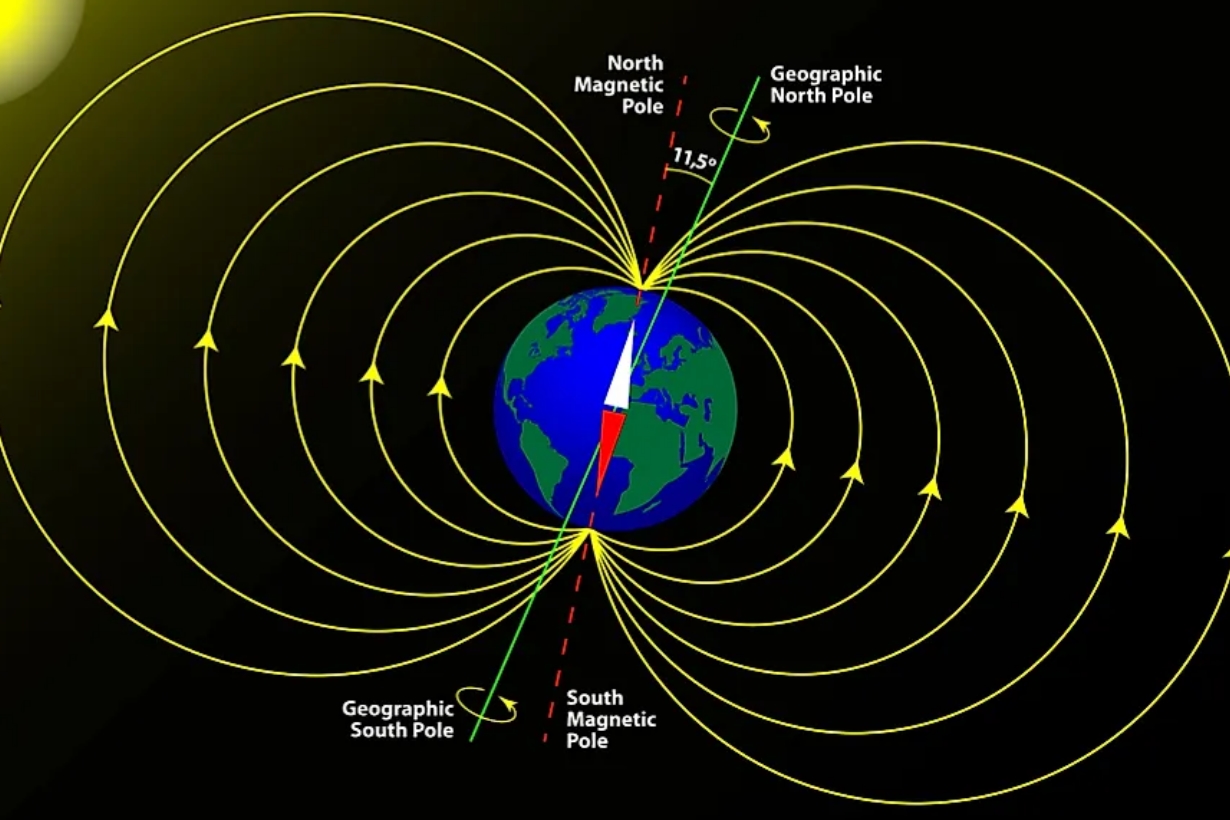Magnet Fishing - What is it?
Magnet fishing sounds a little strange and interesting at the same time. Could be that you can go to a lake and fish out magnets or use magnets to catch fish? Magnet fishing has been in use for decades, and it is just as simple as it sounds - using magnets to fish. So what can you fish with magnets? This and other important questions about magnet fishing will be answered in this piece. Read on to learn more!
What is Magnet Fishing?
Magnet fishing is simply fishing with magnets. But this time, you’re not catching any fish. Instead, magnet fishing is used to retrieve objects that have fallen into the water. It could be a lake, a drain, or the local water body in your neighborhood where you fish. You simply tie a magnet to a line and let it down into the water. It will attract any magnetic object in the water and you can pull them out. This technique, as simple as it is, has been used to retrieve important materials that were previously lost. For instance, if your car keys fall off into the drain, with magnet fishing, chances you’ll get your key back in no time. In some cases, magnet fishing is done as a hobby. Yes, people literally go out to the lake to pull out different objects using magnets and take them home. You can try it too. You never know what treasure you might find!

Jim Walters of West Bend uses a powerful magnet to go fishing for metal objects in the Milwaukee River in an area below what was once a railroad bridge but is now part of a recreational trail. Walters pulls 4 railroad spikes from beneath what was once a railroad bridge with one cast. Milwaukee Journal Sentinel
What Can I Catch With Magnets?
While there is no restriction on what you can do with magnet fishing, keep in mind that it can only be used to magnetize and pull out magnetic materials. This includes metals, jewelry, stainless steel, and many other objects. Magnet fishing can even be used to retrieve large objects, but that requires bigger and more powerful magnets. As mentioned earlier, there is a wide variety of things that you can catch with magnets. It can serve as a personal tool that you keep handy in your home, car, or boat (while fishing) to recover just about anything that falls to the bottom of the water.
Benefits of Magnet Fishing
Magnet fishing serves two important purposes. The first is ecological and its second use is as a hobby. First, magnet fishing can be used for ecological cleaning of the environment. It has been used in the past for deep cleaning of rivers, lakes, oceans, and waterways. Considering that ferrous materials pollute water bodies and could poison aquatic life, magnet fishing helps to make the ecosystem safer and cleaner for both man and animals. The other benefit of magnet fishing is treasure hunting. Many people go magnet fishing for the minimal chances of hauling in a box full of valuables. It’s simply a hobby for anyone who finds it interesting. If you find any dangerous thing, be sure to report it to the police. Magnet fishing as a hobby is similar to metal detecting. However, they are different in some ways.
Is Magnet Fishing the Same as Metal Detecting?
No, but they are similar. Magnet fishing is limited to water while metal detecting can be practiced in waters and streams, beaches, farms, and many other places. Metal detectors use a piece of specialized equipment that relies on eddy currents induced in metals by a coil driven by a radio frequency oscillator. The induced currents then produce a magnetic field that can be sensed and used to pick up relics and other materials. Magnet fishing, on the other hand, uses only a permanent magnet. It can also detect magnets but metal detectors don’t detect magnets. The gadget used for magnet fishing is typically a strong neodymium magnet secured to a durable rope between 15 and 30 meters, a glove, and maybe a grappling hook used alongside the magnet.
What Types of Magnets are Used?

We have already established that all you need for magnet fishing is a strong neodymium eyebolt magnet. However, there are different types of magnets used for magnet fishing. You can use a single-sided magnet, which is perfect for fishing in ocean piers, lake docks, bridges, and slow-moving water. The double-sided magnet is the most commonly used. It has a stationary top mount that allows you to fish in faster-moving and steeper waters. The eyebolt can be mounted on either the top or the side. Ferrite or ceramic magnets are also used for magnet fishing. Note neodymium magnets vary in pull strength. So when buying a fishing magnet, be sure to look out for the one that offers you optimum pull strength.
Conclusion
Magnet fishing is an old hobby used that is also used as a technique for removing dangerous unwanted ferrous materials from waters, such as lakes, rivers, streams, pools, and the ocean. As a hobby, anyone can go magnet fishing to hunt treasures at the beach, lake, river, etc. Thank you for reading and we hope it can help you to have a better understanding of magnet fishing. If you want to learn more about magnetic materials, we would like to advise you to Stanford Magnets for more information.















